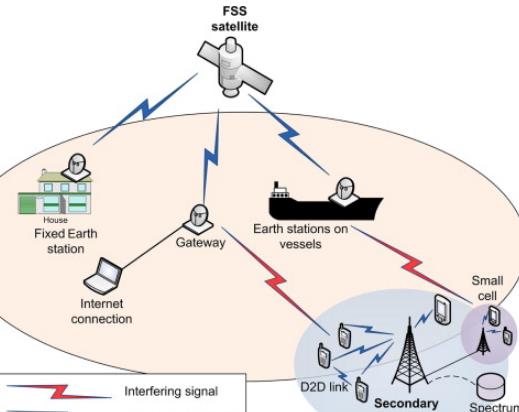What Are the Differences Between Ku and Ka Bands?
In the realm of satellite communications, understanding the distinctions between frequency bands such as Ku and Ka is critical for selecting the appropriate technology for specific applications. Both Ku and Ka bands are integral to advancing global communications, offering unique characteristics and benefits. Here, we explore these differences in detail, emphasizing their implications for satellite broadcasting, telecommunications, and data transmission.

Frequency Ranges and General Characteristics
Ku Band
The Ku band typically operates within the 12 GHz to 18 GHz frequency spectrum. This band is widely utilized for satellite communication because it strikes a balance between performance and susceptibility to atmospheric conditions. The Ku band is versatile, used in various applications ranging from direct broadcast satellite services (DBS) to satellite internet access.
Advantages of Ku Band:
- Wider Availability: Ku band frequencies are more commonly available and have been in commercial use for a longer period.
- Less Expensive Equipment: The equipment for Ku band is generally less costly, making it a more economical choice for certain operations.
Ka Band
Ka band encompasses frequencies from 26.5 GHz to 40 GHz, offering higher bandwidths, which translates to faster data transmission rates. This capability makes the Ka band particularly appealing for high-demand applications such as broadband satellite services and high-definition satellite television.
Advantages of Ka Band:
- Higher Bandwidth: This allows for faster data transfer rates, suitable for HD video streaming, high-speed internet, and other bandwidth-intensive applications.
- Improved Efficiency: Ka band can handle more traffic simultaneously, increasing efficiency in network operations.
Applications and Suitability
Broadcasting and Telecommunications
Ku band has been traditionally favored for television broadcasting due to its lower susceptibility to rain fade compared to Ka band. It is also widely used for satellite news gathering (SNG) and occasional use (OU) links, where temporary setup is required, due to the availability of equipment and ease of access to spectrum.
On the other hand, Ka band is increasingly being used for broadband internet services via satellite, especially in remote areas where terrestrial internet infrastructure is lacking. Its higher bandwidth capabilities make it ideal for delivering high-speed services that require more data capacity.
Challenges with Atmospheric Interference
A significant difference between the Ku and Ka bands is their performance during adverse weather conditions. The Ka band is more susceptible to attenuation from rain, snow, and other forms of precipitation, a phenomenon known as rain fade. This can lead to signal degradation during heavy rain or snow.
Conversely, the Ku band is less affected by weather, though it is not entirely immune. Its lower frequency range means it can maintain a more reliable signal in adverse weather conditions compared to the Ka band.
Future Trends and Developments
As the demand for faster data transmission and higher capacities continues to grow, the Ka band is expected to play an increasingly prominent role in satellite communications. Despite the challenges posed by atmospheric interference, advancements in adaptive transmission technologies and more robust ground equipment are helping mitigate these issues.
Ku Ka band technologies continue to evolve, driven by the need for higher efficiencies and capabilities in satellite communications. Both bands have their distinct advantages and challenges, and the choice between Ku and Ka will largely depend on specific application requirements and environmental considerations. As technology progresses, the distinctions between these bands may further evolve, leading to new innovations and solutions in global connectivity.